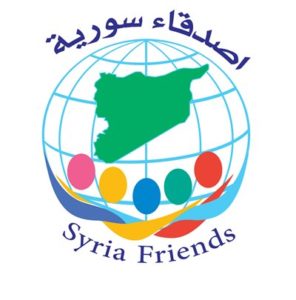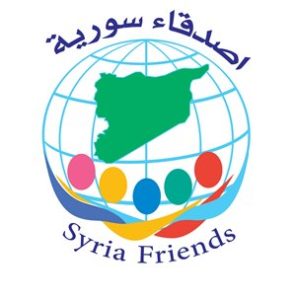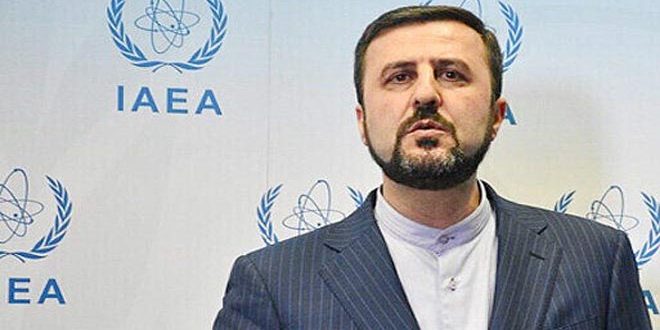Kazem Gharibabadi, Iran’s ambassador to the International Atomic Energy Agency (IAEA), tweeted Thursday that Tehran’s decision to reduce the number of centrifuges enriching uranium to high levels had increased efficiency. He apparently wanted to scotch any notion Tehran was making a conciliatory gesture for talks in Vienna with world powers over its nuclear program.
“There is no need for odd speculations,” Kazem Gharibabadi wrote(link is external)(link is external). “Change in the mode of 60% enrichment is a technical decision and was foreseen in the DIQ [Design Information Questionnaire] which was provided to the IAEA last week before the operation.”
Iran had been using two cascades, separately employing IR-6 and IR-4 centrifuges, for 60 percent enrichment, which it announced it was beginning(link is external) just two weeks ago. According to a new IAEA report on Thursday, it is now using the less advanced IR-4 cascade for 20 percent enrichment.
Both levels of enrichment exceed 3.67 percent enrichment as allowed by the 2015 JCPOA (Joint Comprehensive Plan of Action), the deal the Vienna talks aim at reviving. Enriching to higher levels is Iran’s main step in expanding its atomic program since 2019 in response to the United States leaving the JCPOA in 2018 and imposing stringent sanctions. Uranium is considered weapons-grade when enriched to 90 percent.
Gharibabadi’s remarks followed a Reuters story on Thursday(link is external)(link is external) quoting a new IAEA report that Iran had reduced the number of centrifuges at Natanz, where 60 percent enrichment is taking place. Reuters said the agency had verified that Iran had switched 60 percent enrichment to a cascade of IR-6 centrifuges, feeding left-over depleted uranium into a cascade of IR-4 machines to enrich to 20 percent.
In another tweet Thursday tweet(link is external)(link is external) Gharibabadi wrote that “in the new mode, two IR-6 & IR-4 cascades are coupled..[and] two different products of 60 & 20%…accumulated.” This made the process “more efficient.”
On April 13, Gharibabadi notified the IAEA that Iran would increase uranium enrichment from 20 percent to 60 percent in response to the April 11 attack at Natanz, widely attributed to Israel. Gharibabadi said 60 percent enrichment would improve the “quality and quantity” of radiopharmaceuticals produced by the Atomic Energy Agency of Iran (AEOI), thereby claiming a civilian use for the product.
Iranian media and officials claimed higher enrichment was Iran a bargaining chip. The conservative Alef news website on April 19 said the move had “strengthened Iran’s position in the [Vienna] talks” and would “allow Iran to have the upper hand.”
Source : Iran News







